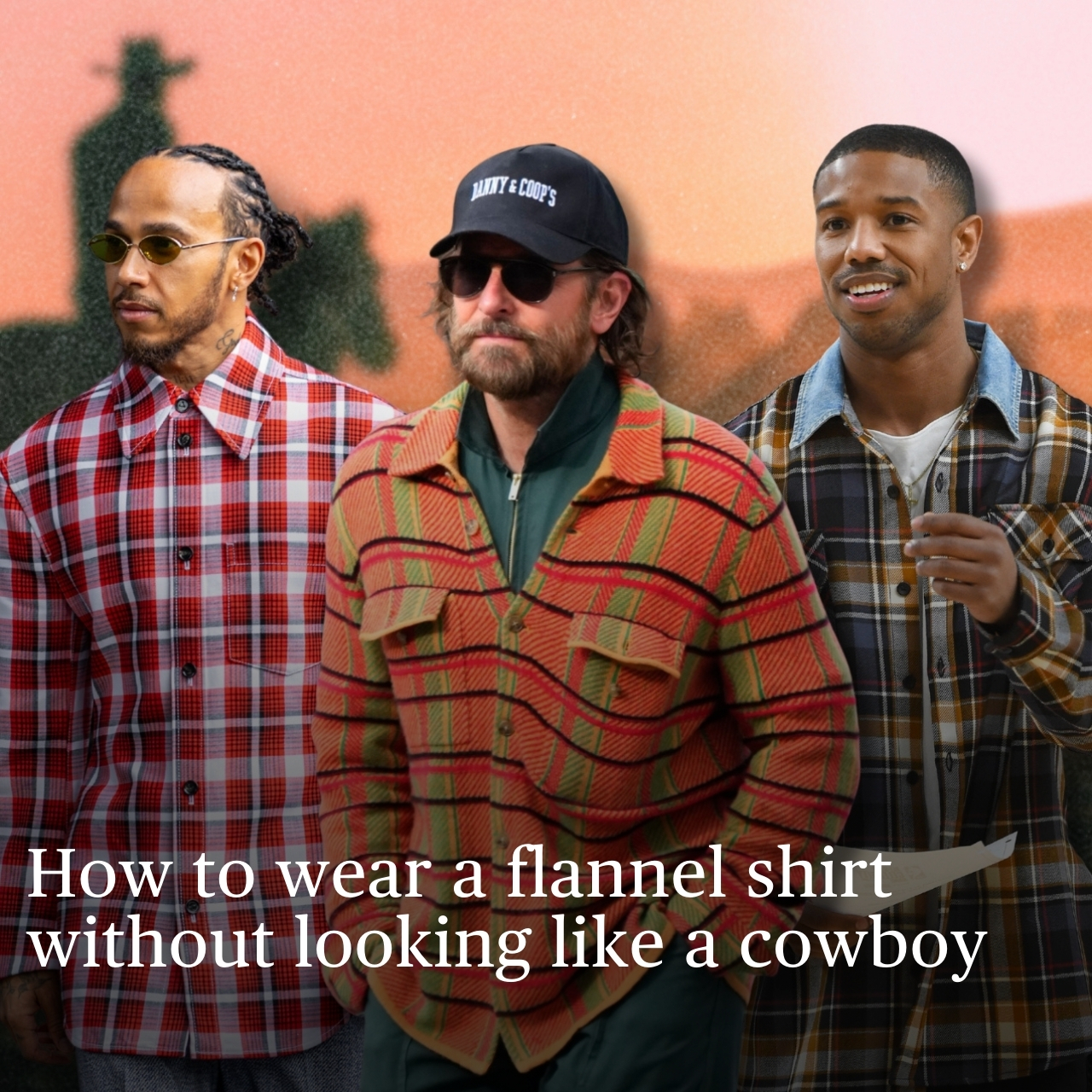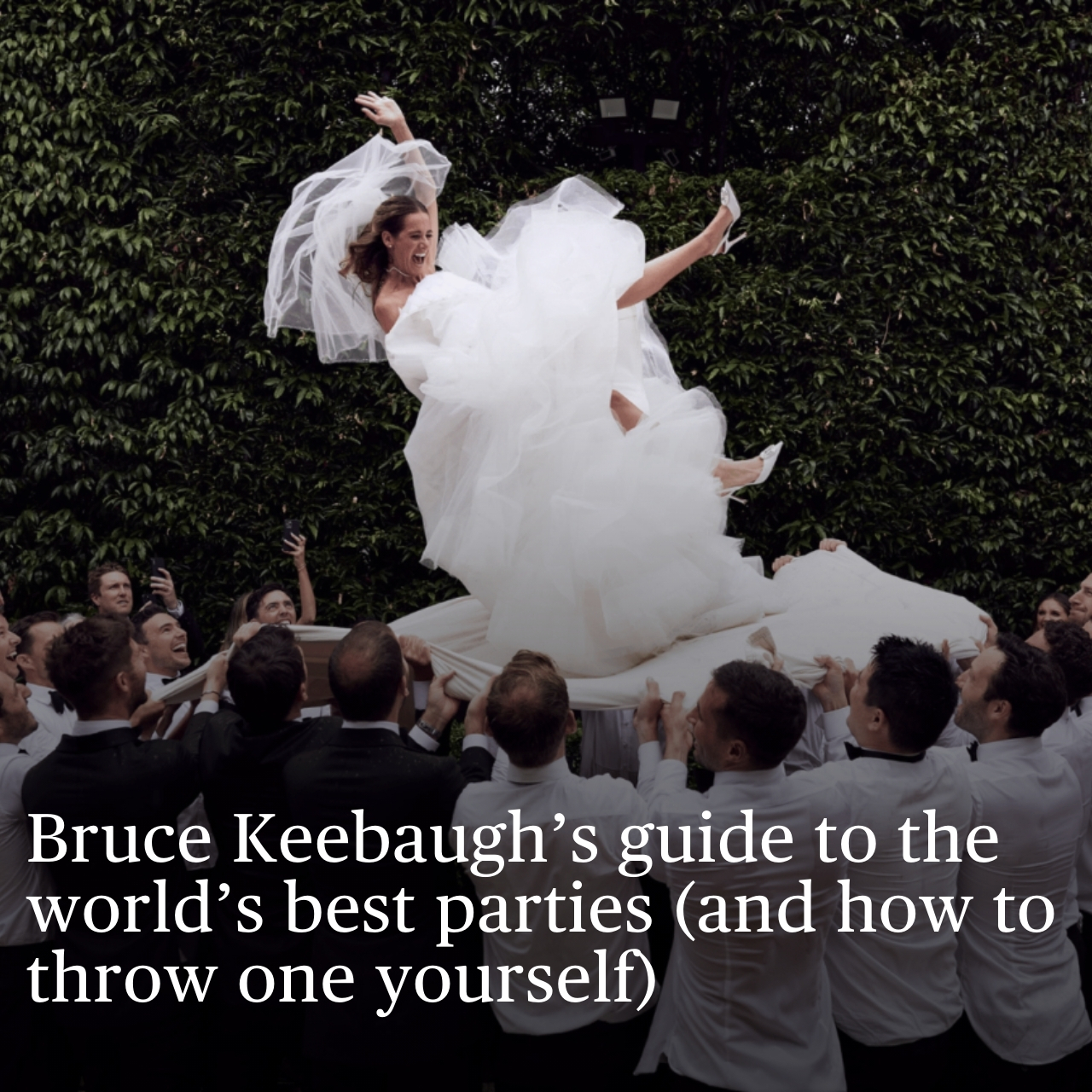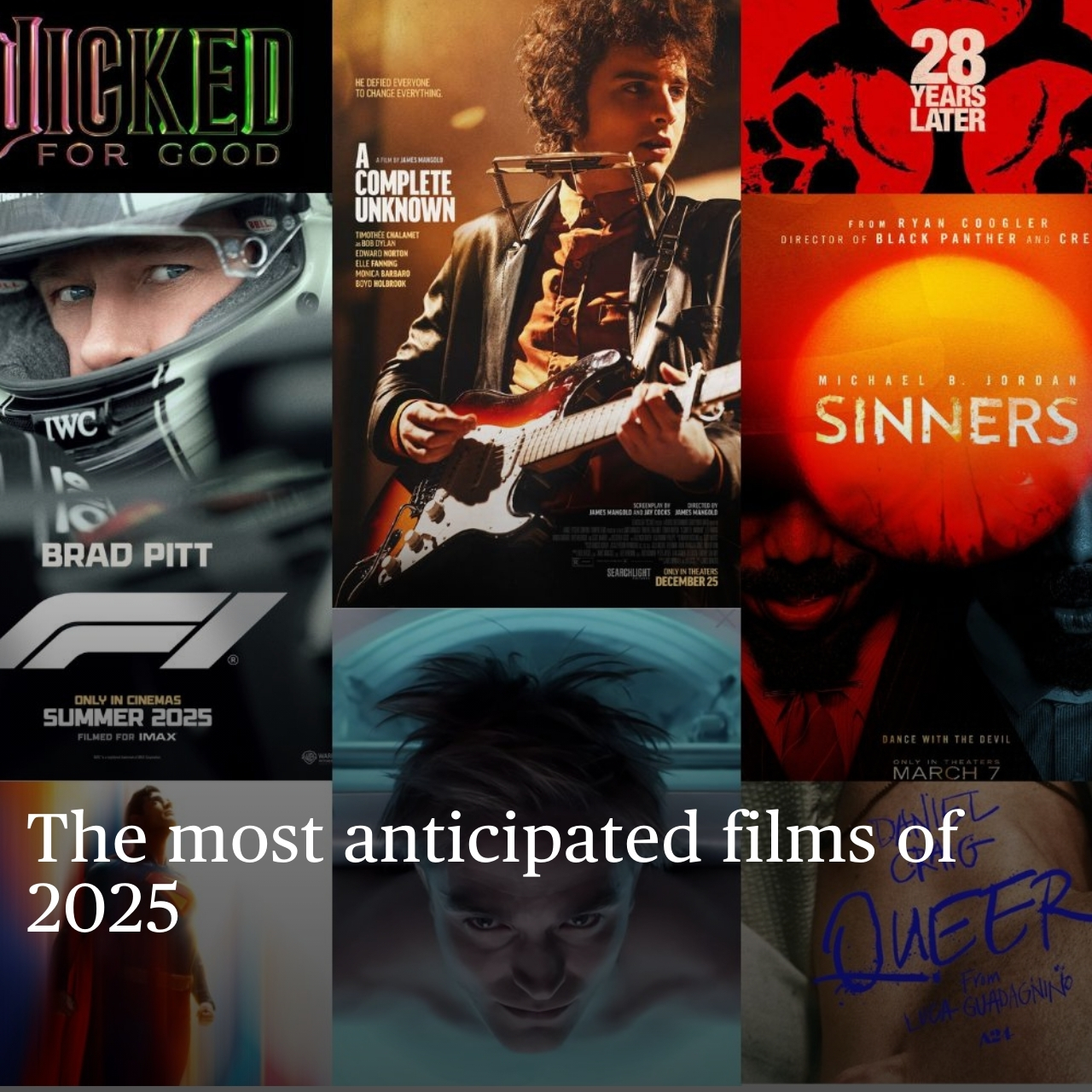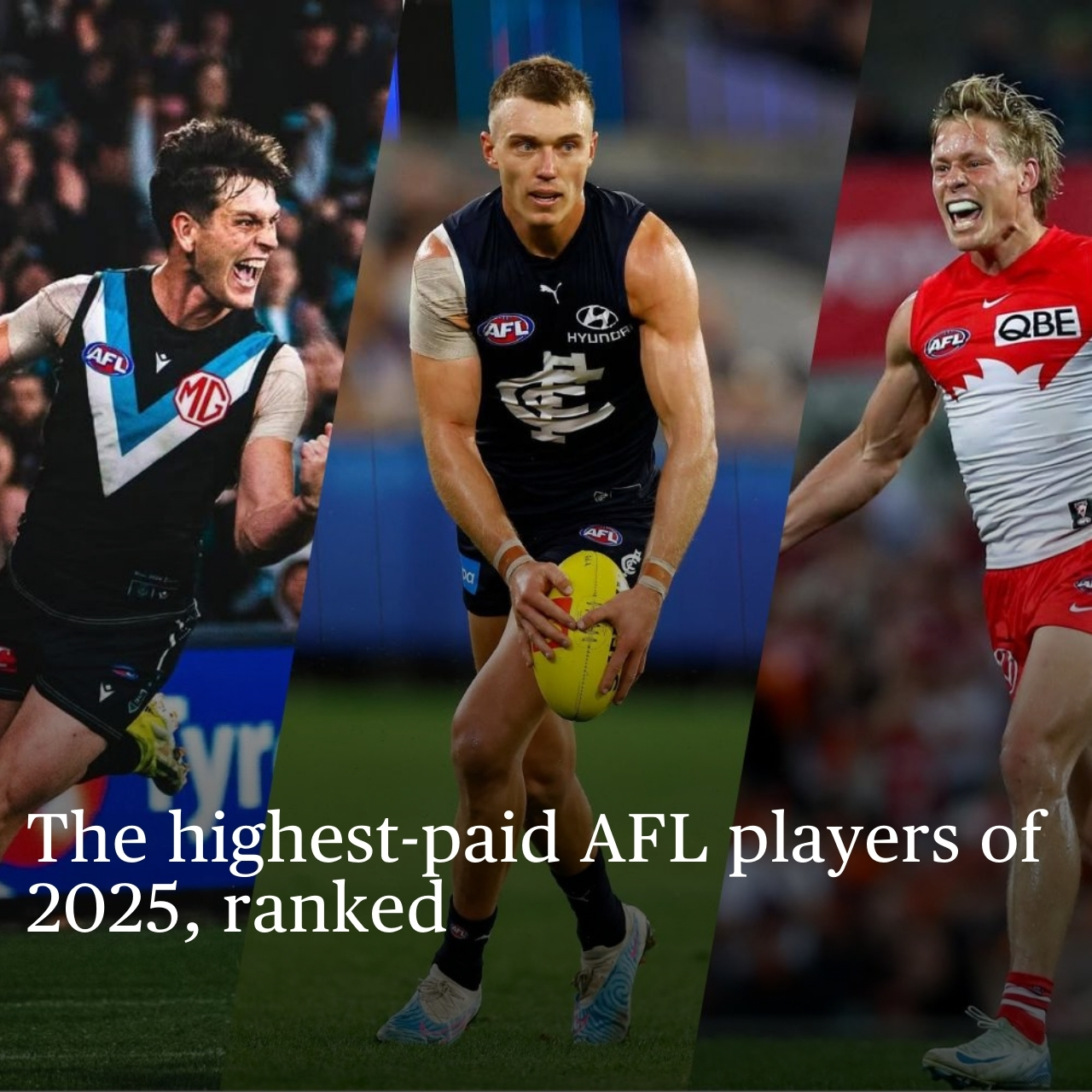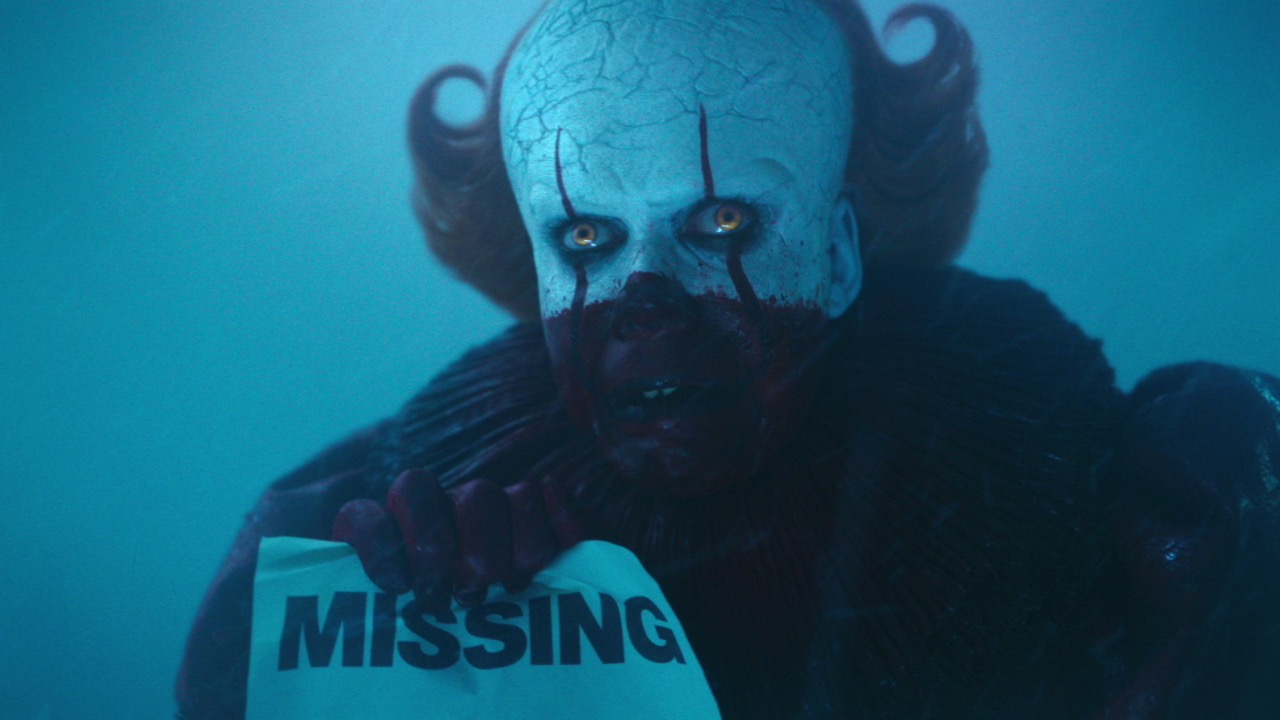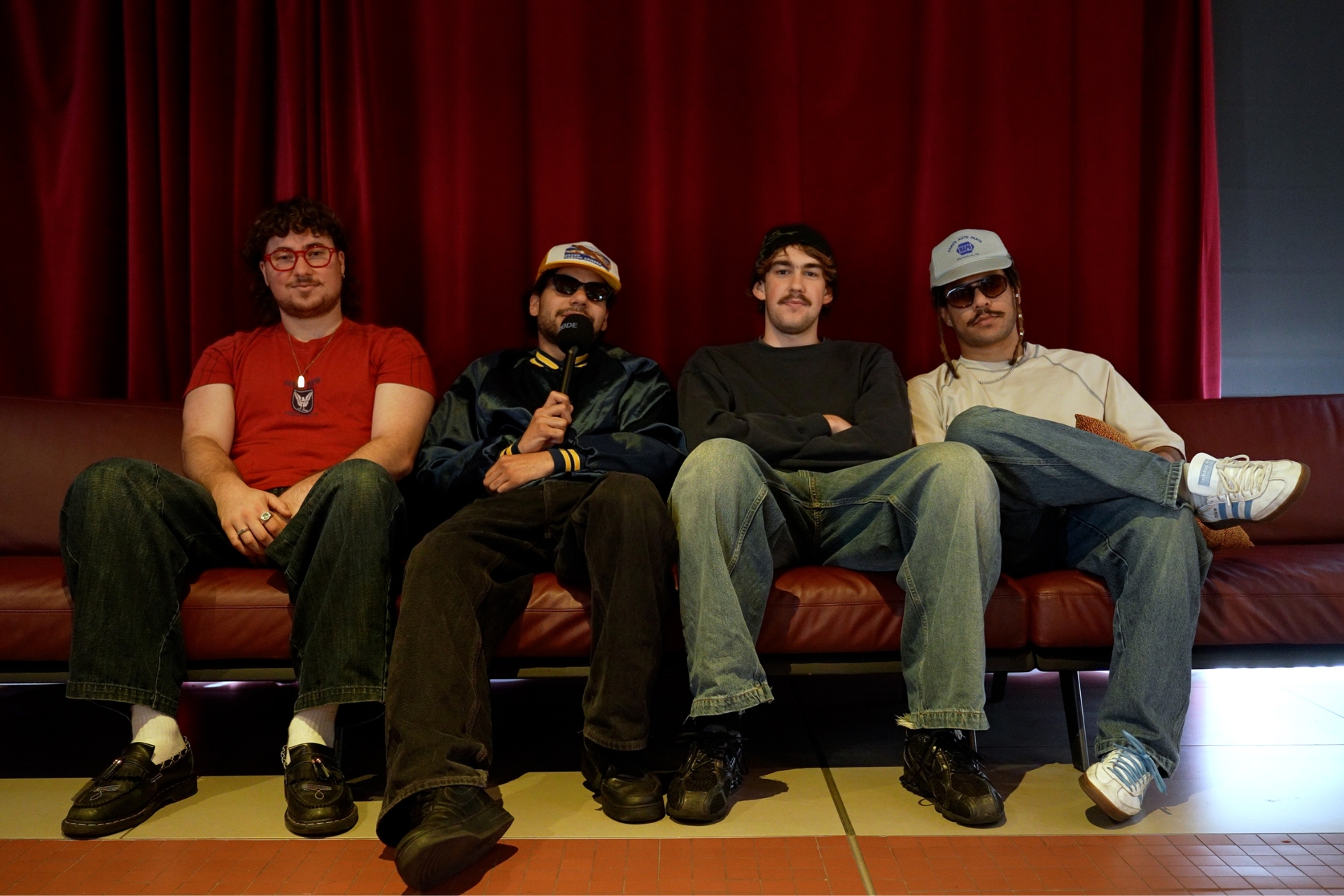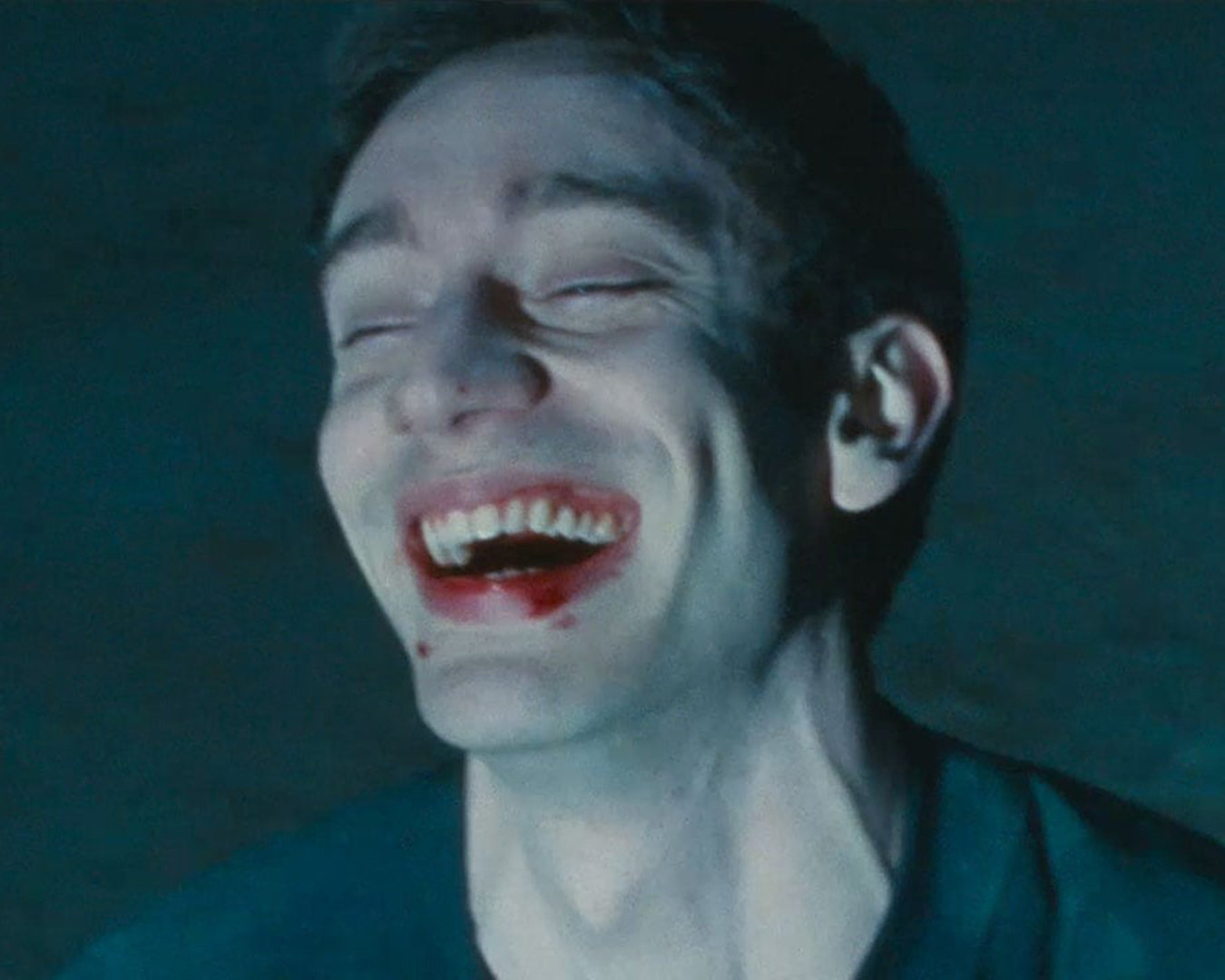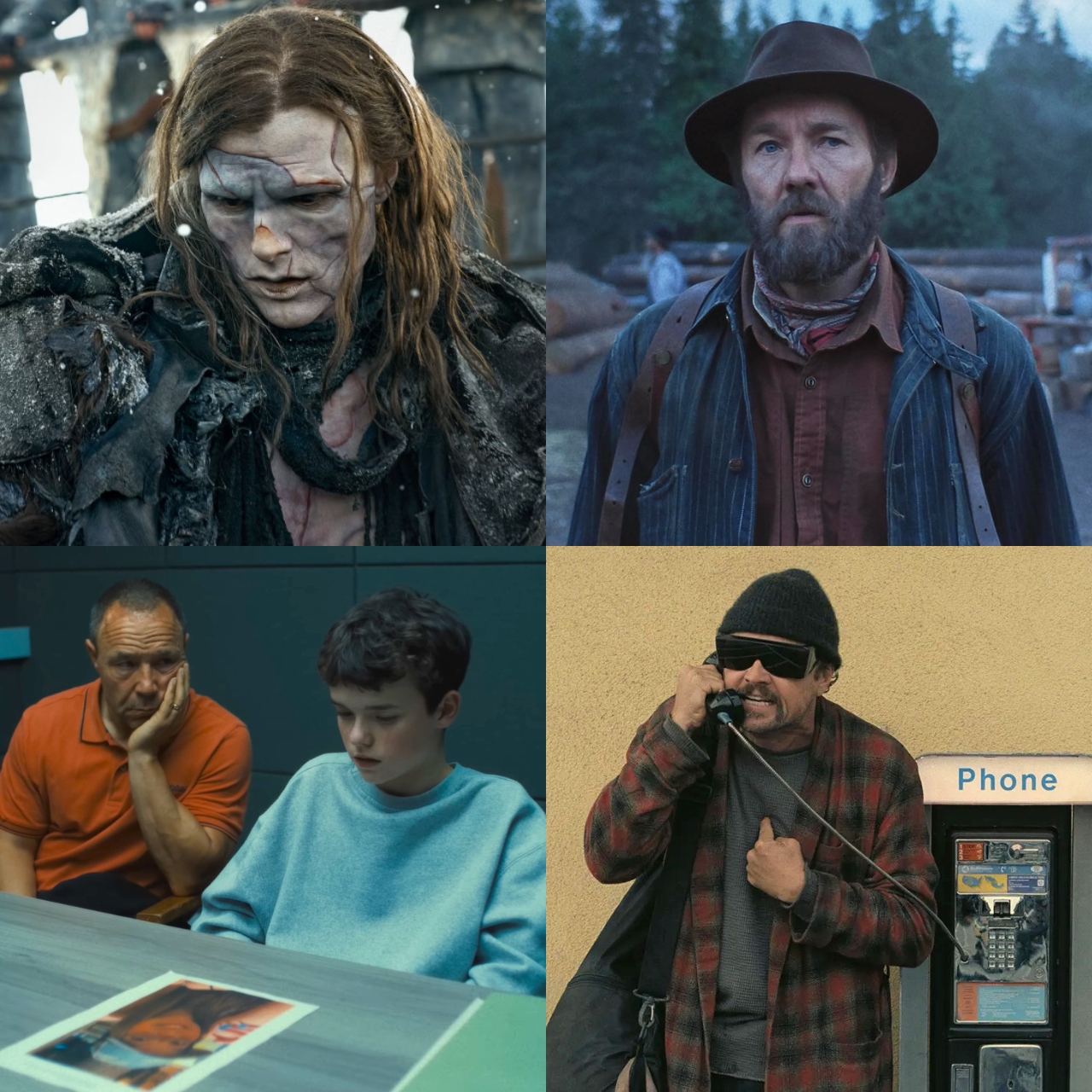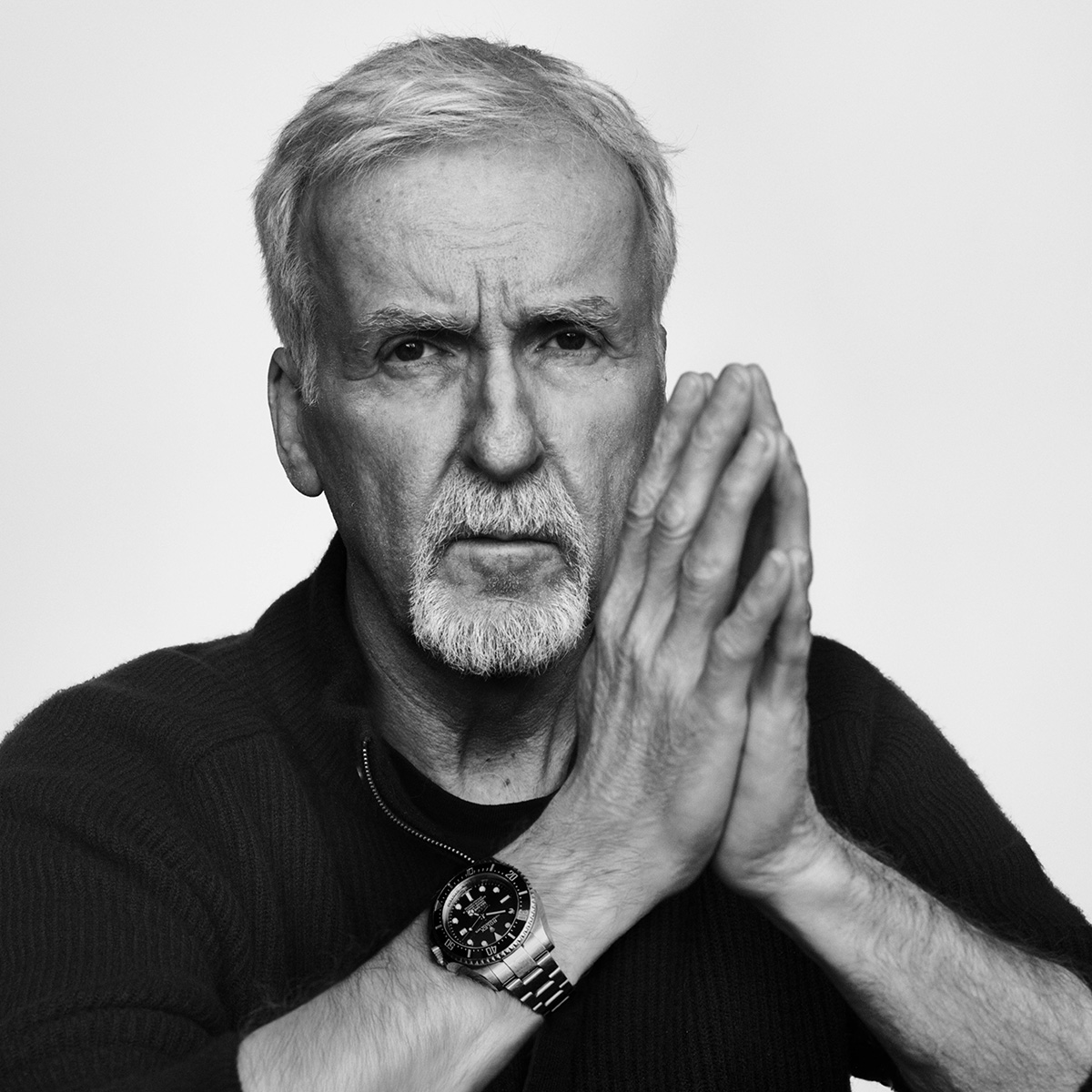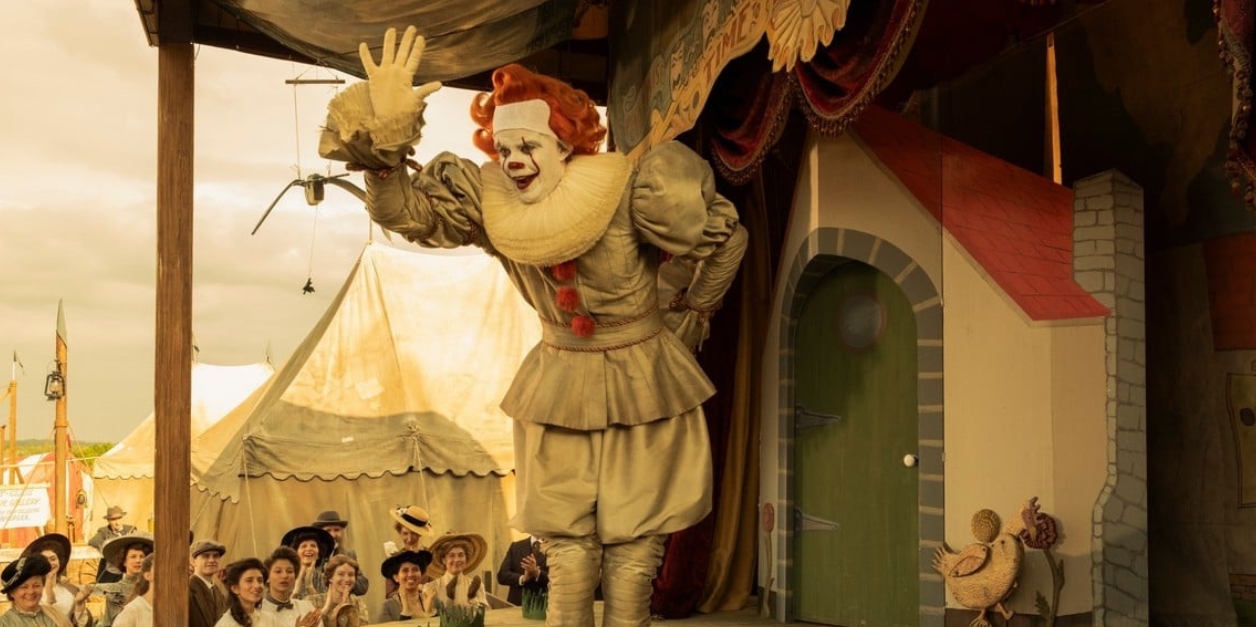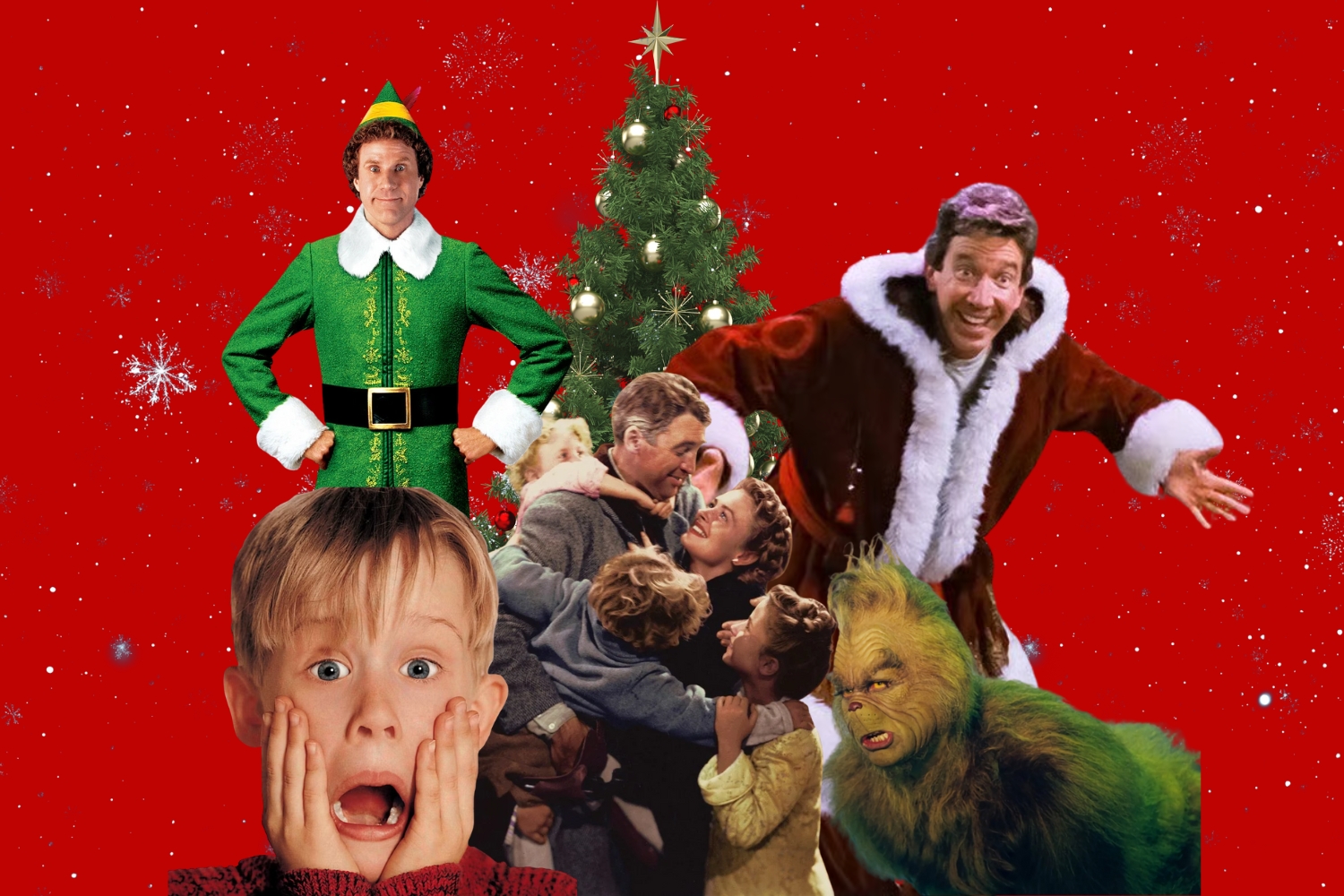Director Joseph Kosinski on balancing authenticity and entertainment in ‘F1’
Formula One is coming to the big screen with F1, a high-stakes, adrenaline-pumping film that puts Brad Pitt behind the wheel. The film’s director, Joseph Kosinski, takes us behind the scenes of the impending blockbuster to discuss why F1 will be the film for everyone
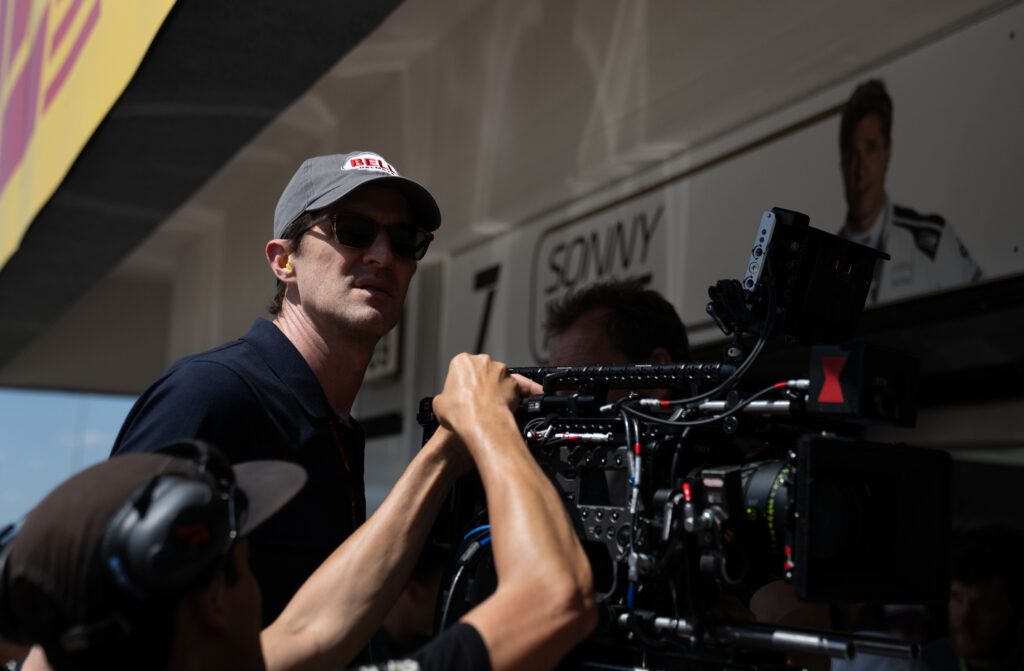
SOON AFTER HE joins our Zoom call from a darkly lit Los Angeles studio, it becomes clear that Joseph Kosinski is the perfect person to direct the soon-to-be-released F1 film.
The project is a machine of moving parts. Daring stunts and frantic sequences populate its runtime, but rather than using CGI, much of the film was shot at real-life F1 races, with Kosinski and his crew only given a few minutes to capture the perfect shot. But the man behind Top Gun: Maverick, Tron: Legacy and Oblivion is no stranger to high-octane storytelling.
Why work under such circumstances, you might ask? Well, authenticity. Kosinski knew F1 needed to be as realistic as possible, both to appease hardcore fans and to attract general movie-goers who want to experience the real thing. This makde nailing the finer details paramount. “Formula One is a sport of detail,” the director says matter-of-factly. “Everything is measured down to the gram and to a fraction of a second… I wanted to get that all right.”
That focus on daring realism has catapulted Kosinski to a reputation as someone capable of making technically ambitious blockbusters. But as one of a rare breed of filmmaker, he’s also known for films that resonate emotionally – and occasionally even find success with the awards crowd.
In recent times, blockbusters have strayed from the good graces of critics and awards organisations. A few decades ago, lucrative films like Gladiator, Titanic and Lord of the Rings were winning the Oscar for Best Picture. Today, the contenders for top awards seem to be entirely made up of more niche, indie flicks. Kosinski’s work, however, seems to be the exception.
Top Gun: Maverick – the stirring sequel to the 1986 Tony Scott-directed original – tallied six nominations at the 2023 Academy Awards, including one for Best Picture, and even took home the gong for Best Sound. It was a sign that indeed, it is still possible for films to be both commercially and critically successful.
But while he acknowledges the benefits of making money and winning awards, Kosinski says neither factors into his filmmaking process. “You just try to make the best film you can,” he says. “I make films because I love the process and I love storytelling and it’s something that I just love to do.”
With a cast led by Brad Pitt and rising star Damson Idris, F1 is poised to do something extraordinary: thrill audiences and pull mainstream cinema back to the winner’s circle. Below, Kosinski breaks down how working closely with F1 teams and drivers, focusing on realism and delivering a film that is – above all – entertaining, might just make that happen.
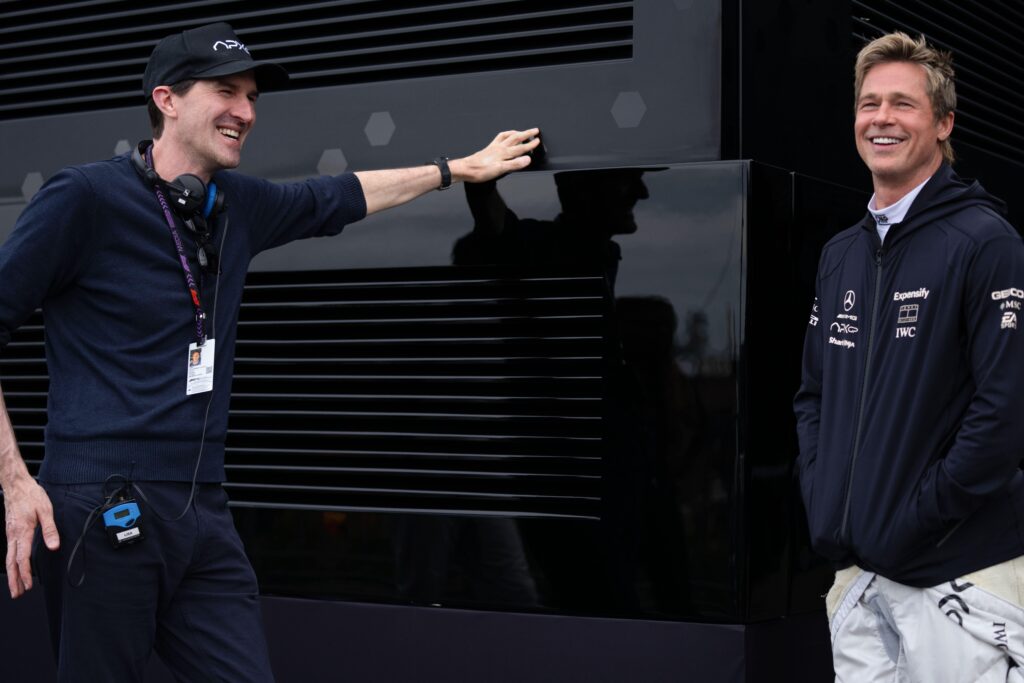
Esquire: Now more than ever we’re seeing a disconnect between the films that are making a lot of money and the films that are getting nominated for awards. How do you balance those two factors in your work?
Joseph Kosinski: I don’t think about awards. I don’t think any of us were thinking about awards while making Top Gun: Maverick. You just try to make the best film you can and tell a great story and cast the best actors. Once you put it out there, you don’t have any control over how a film performs or how it’s received; you can’t engineer it to automatically be an award winner. If you could, then you’d have the secret sauce that no one’s ever been able to figure out.
When something like Top Gun: Maverick works commercially and gets nominated for awards, it’s a great, amazing thing; but it’s not why I make it. I make films because I love the process and I love storytelling and it’s something that I just love to do.
When you’re dealing with a subject matter as technical as Formula One, is there a lot of pressure to get the smaller details right?
Absolutely. Formula One is a sport of detail, right? Everything is measured down to the gram and to a fraction of a second. We’ve had a couple qualifying sessions this season where they’ve been separated by a thousandth of a second. So yeah, I wanted to get that all right.
That’s why the first person I talked to was Lewis Hamilton. I reached out to him and asked him if he would help me, and thankfully he did. Having a seven-time world champion on the team to make sure that we’re getting those details right – or at least as close to right as you can on a film – was invaluable.
We want this film to work for Formula One fans, but we also want it to work for people who know nothing about F1. That was the challenge. You have to make a film that teaches an audience about a sport they don’t know anything about, with all the details and the rules to understand it, but it also can’t be dumbed down so that your hardcore F1 fan gets bored.
In the past, you’ve worked with real fighter jets to pull off some crazy stunts. This time, is the aim again to make it all feel authentic with practical stunts rather than CGI?
The audience can tell when something has been captured for real and when it’s been manufactured. We found on Top Gun: Maverick that the audience really responded to the fact that we went and shot all those scenes for real. On this one I wanted to do the same thing, but the challenges were very different on this film. For example, you can’t add the kind of weight to a Formula One car that you can to a fighter jet. So we had to come up with a much smaller, lighter camera system.
I also wanted to push beyond what we did on Top Gun: Maverick. I wanted to have cameras with movements I could control, which meant developing a system that allowed us to control the panning of the camera while we were shooting, which was a huge technical hurdle.
Overall, I wanted it to feel like you’re really at the race. So we actually shot scenes at Grands Prix, and that meant the windows for shooting were very, very narrow. Sometimes we’d only have a few minutes to shoot a scene, whereas on Top Gun: Maverick, I could spend a whole day shooting something. The time constraint was a huge challenge, but at the same time it kind of infuses the scenes with energy and a realism that we couldn’t have gotten any other way.
Were you dealing with one take scenarios in those instances?
Sometimes yeah it would be a one take. We would usually try to get two or three, but we’re used to averaging 12, 13 or 14 for each shot. It really required everyone to be on their game. The actors, especially from a performance point of view, always rose to the occasion and really delivered. It was pretty amazing; it was almost like a stage play in front of 100,000 people.
Did you have a lot of input from F1 teams and drivers throughout the process?
Yeah, and we needed their cooperation. We reached out to them early in pre-production. I showed them my early camera tests and discussed the story of the film, interviewed them for their personal experiences. We also asked them to participate in the film, which most of them did in various ways, whether on or off the track.
They didn’t have to say yes. It’s probably a distraction having us around. I mean, we even had a garage on the pit lane. But they were all really helpful opening their factories to us and allowing us to shoot there. For a very secretive sport, they were very open in allowing us to work with them.
Music and sound play an important role in your films. How have you used them to fully immerse audiences in the F1 experience?
Well, the sound mix on this is pretty tremendous, as you can imagine. I’ve used the same sound mixing team that I had on Top Gun: Maverick, and they won an Oscar for that. On top of that, Hans Zimmer’s doing the score. I wanted someone who could create a real memorable theme and Hans is the best at that. And we’ve got this amazing soundtrack of artists, with a 17-song album coming out the same day as the film. I wanted the soundtrack to have a very global feel for global sport, so we’ve got artists from all around the world contributing to it.
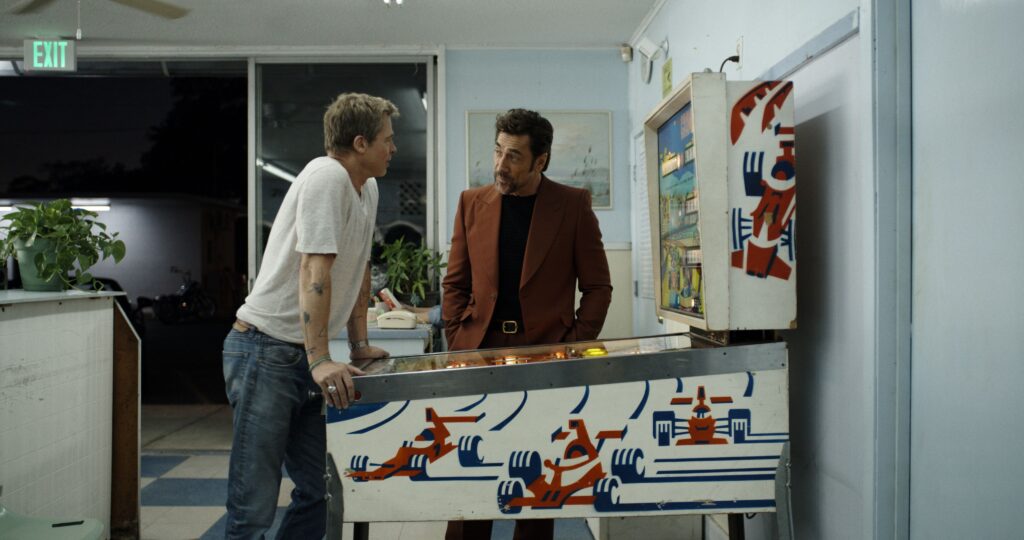
How does Brad Pitt compare to some of the other leading men that you’ve worked with?
There are similarities between him and Tom Cruise and Chris Hemsworth. They all work very, very hard. They’re all intent on delivering the best performance they can every day. They’re always focused on the script and story, never settling, always pushing every day. They’re just all really dedicated to the craft. They all have slightly different taste in terms of what films they’re drawn to, but I’m lucky enough to have worked with all of them.
Opposite Pitt is Damson Idris, who is a relative newcomer. Did he impress you during production?
He blew me away, honestly. He gave me a feeling I’ve only had a couple times before. When you’re working with up-and-coming actors, you can sometimes see that they’re just going to be a superstar. I felt that way with Glen Powell, on Top Gun: Maverick, and I feel that way with Damson. He’s just got all the skills that will let him do anything. He’s an incredibly hard worker and is just overflowing with talent. I’m very excited for people who don’t know him to be introduced to him in this film and see him really go toe-to-toe with Brad.
He has certainly been doing his part promoting the film, with the stunt he pulled at the Met Gala.
Yeah that was amazing. It was impressive that he was able to pull off that stunt the way he did and make it look so effortless.
Given what you’ve said about how F1 fans and regular movie-goers will get something out of this movie. Would you say that F1 is going to be a movie for everyone?
Absolutely. I mean that’s what we were really striving for in making the film. In our early screenings we’ve found that even people who know nothing about the sport are keen to know more about it afterwards; they want to go to a race, they want to learn more. We can see that it ignites an interest in the sport. And that to me is the most exciting thing about the film, that someone who isn’t a fan of Formula One can suddenly be drawn to it.
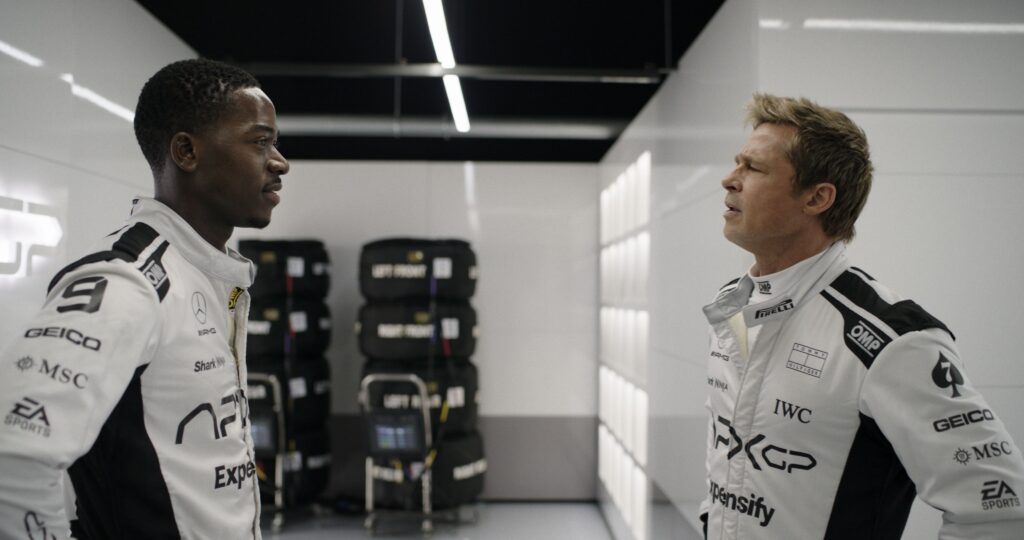
This F1 is in cinemas in Australia from June 26. This story appears in the Winter 2025 issue of Esquire Australia, on sale now. Find out where to buy the issue here.
Related:




